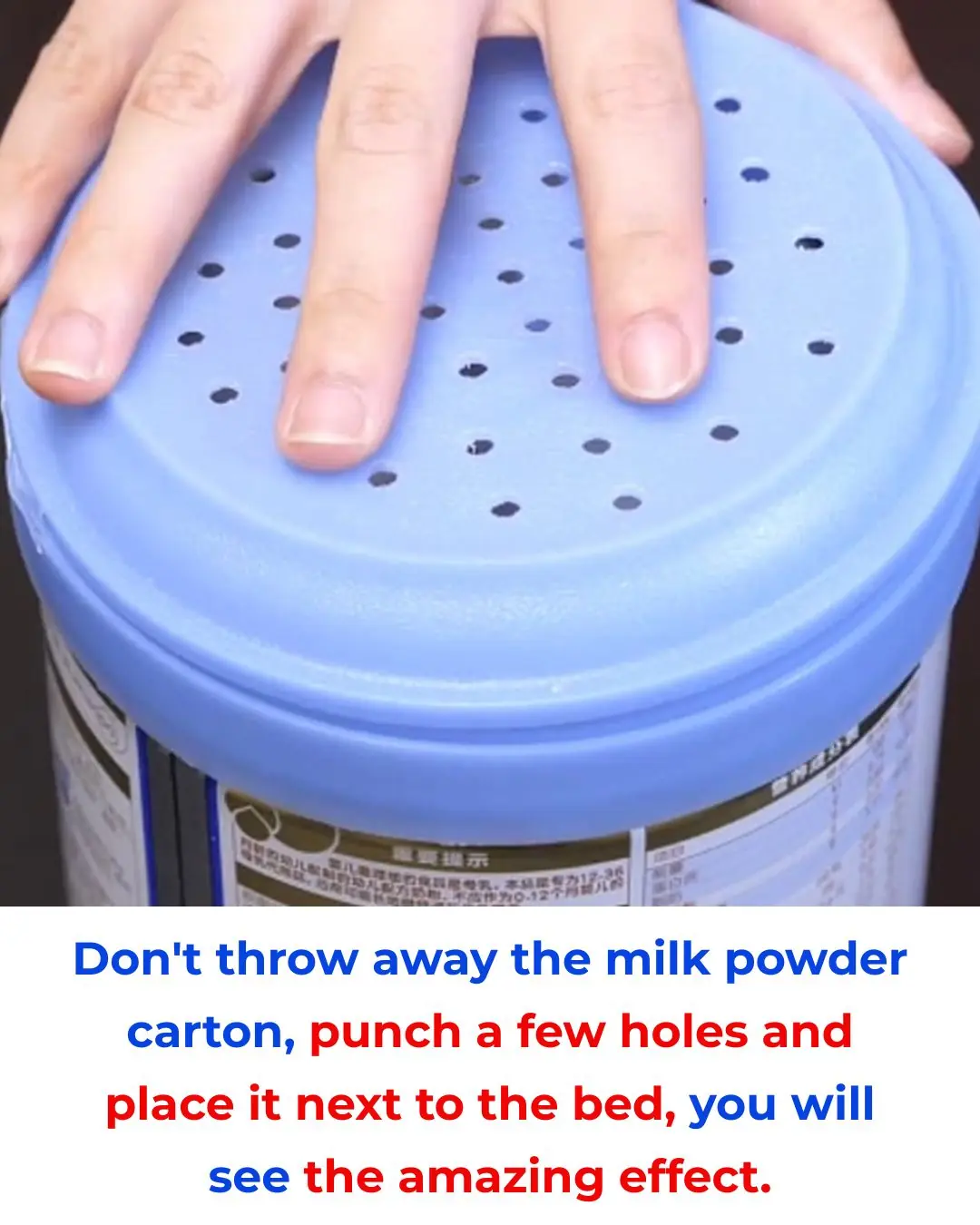
Simple, Cost-Free Ways to Fix Moldy or Peeling Walls — Easy Solutions for Every Home
Damp seasons often bring an unwelcome guest into our homes: moldy, cracked, or peeling walls. Not only are they unpleasant to look at, but they can also affect the air quality and damage the structure of your walls over time. Fortunately, you can handle many of these problems yourself, easily and inexpensively.
Here are a few simple, budget-friendly methods to clean and protect your walls from mold and peeling paint.
🧽 1. Dry Brushing Method
During humid months, walls often develop small mold patches. The first thing you should do is use a dry brush to gently scrub off the visible mold on the surface.
After brushing, dip a soft cloth in a small amount of alcohol or disinfectant, then wipe the affected area to prevent mold spores from regrowing. This method works best when mold is newly formed and localized, before it spreads across a large surface.
Tip: For a light mold problem, natural cleaning agents like vinegar or lemon juice can also be effective. Spray them onto the surface, let sit for 10–15 minutes, then wipe clean.
🧴 2. Cleaning with Bleach Solution
If the mold has spread more noticeably, try using household bleach. Mix bleach with water at a 1:99 ratio, then pour the mixture into a spray bottle. Spray it directly on the moldy area and leave it for a few minutes to let the bleach work.
Next, use a soft brush to scrub gently and wipe with a clean cloth.
For more severe mold, you can increase the bleach concentration to 1:20.
However, keep in mind that this method is mainly effective for surface-level mold. If your walls are heavily affected, you’ll need a more thorough treatment—such as sanding the wall, applying an anti-moisture primer, and then repainting.
Safety note: Always wear gloves and ensure good ventilation when working with bleach or other strong cleaning agents.
🧱 3. Fixing Peeling or Bubbling Paint
When paint starts to peel or bubble, it’s often because of trapped moisture behind the wall. To fix this:
-
Scrape off all the loose and peeling paint using a putty knife or scraper.
-
Sand the surface with sandpaper until smooth and even.
-
Apply a coat of primer or waterproof base paint.
-
Once it’s dry, finish with a fresh coat of paint.
If the damaged area is large, wait until the wall is completely dry before repainting. Pay special attention to the bottom section of the wall, as this area is most prone to moisture. You can also fill small cracks with wall putty or plaster before painting.
Avoid repainting during the rainy season, as the high humidity will prevent the paint from bonding properly.
🧩 4. Quick Fixes for Cosmetic Improvement
If you don’t have the time or budget for a full repair, you can temporarily cover the damaged spots with wallpaper, PVC panels, or foam wall stickers.
Before applying, be sure to remove any loose paint or mold and clean the surface thoroughly. While this won’t solve the root cause of the moisture, it will improve the room’s appearance quickly and affordably.
🌬️ 5. Preventing Dampness and Mold in the Future
Once you’ve cleaned your walls, it’s important to keep them dry to prevent mold from returning. Here are a few preventive tips:
-
Use a dehumidifier: It’s the most effective way to maintain proper humidity indoors.
-
Try natural moisture absorbers: Charcoal, quicklime, or silica gel packets can help absorb excess moisture in corners, closets, or behind furniture.
-
Keep windows closed during humid days: When the air outside is moist, keeping doors and windows shut prevents “sweating walls.”
-
Air out your house on dry days: Let fresh air circulate to reduce trapped humidity.
-
Use your air conditioner’s dehumidify mode: Running it for 2–3 hours can significantly lower indoor moisture levels.
🌿 Final Thoughts
Moldy, flaking, or bubbling walls might seem like a big problem, but with these simple household tricks, you can handle most cases on your own—without hiring a contractor or spending much money.
A combination of regular cleaning, good ventilation, and proper waterproofing will keep your walls looking fresh and your home healthy year-round.
A clean wall doesn’t just make your home look brighter—it also keeps the air cleaner and your family more comfortable. 🏡✨
News in the same category


You're doing it all wrong. Here’s the right way to store avocados

8 reasons why adding baking soda to your toilet tank is a must-do trick

You're doing it all wrong. Here’s the right way to store potatoes
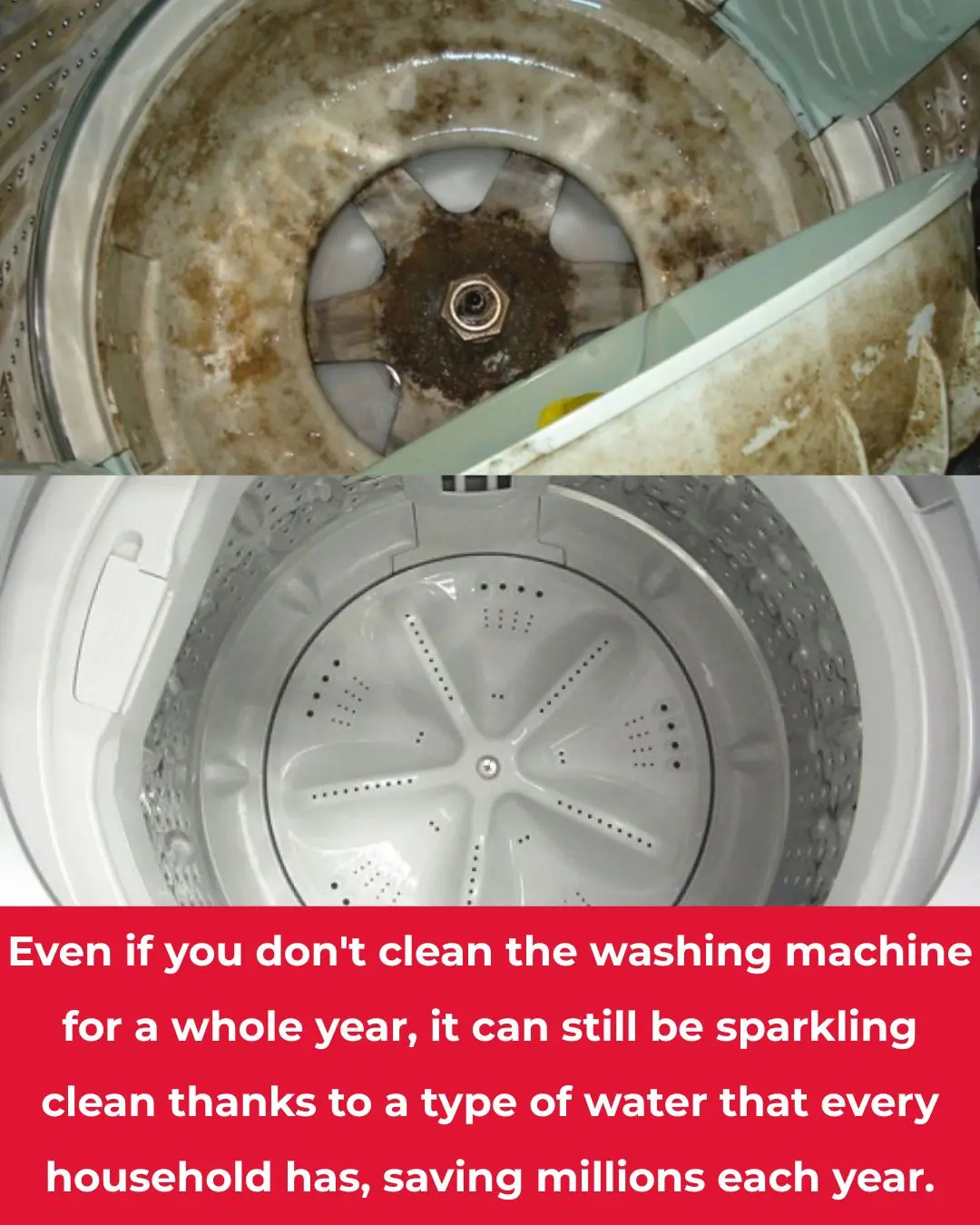
Washing machine stays clean all year without scrubbing thanks to a common household liquid, saving millions every year 👇👇

Aster flowers, the 'miracle cure' hidden in roadside wild plants
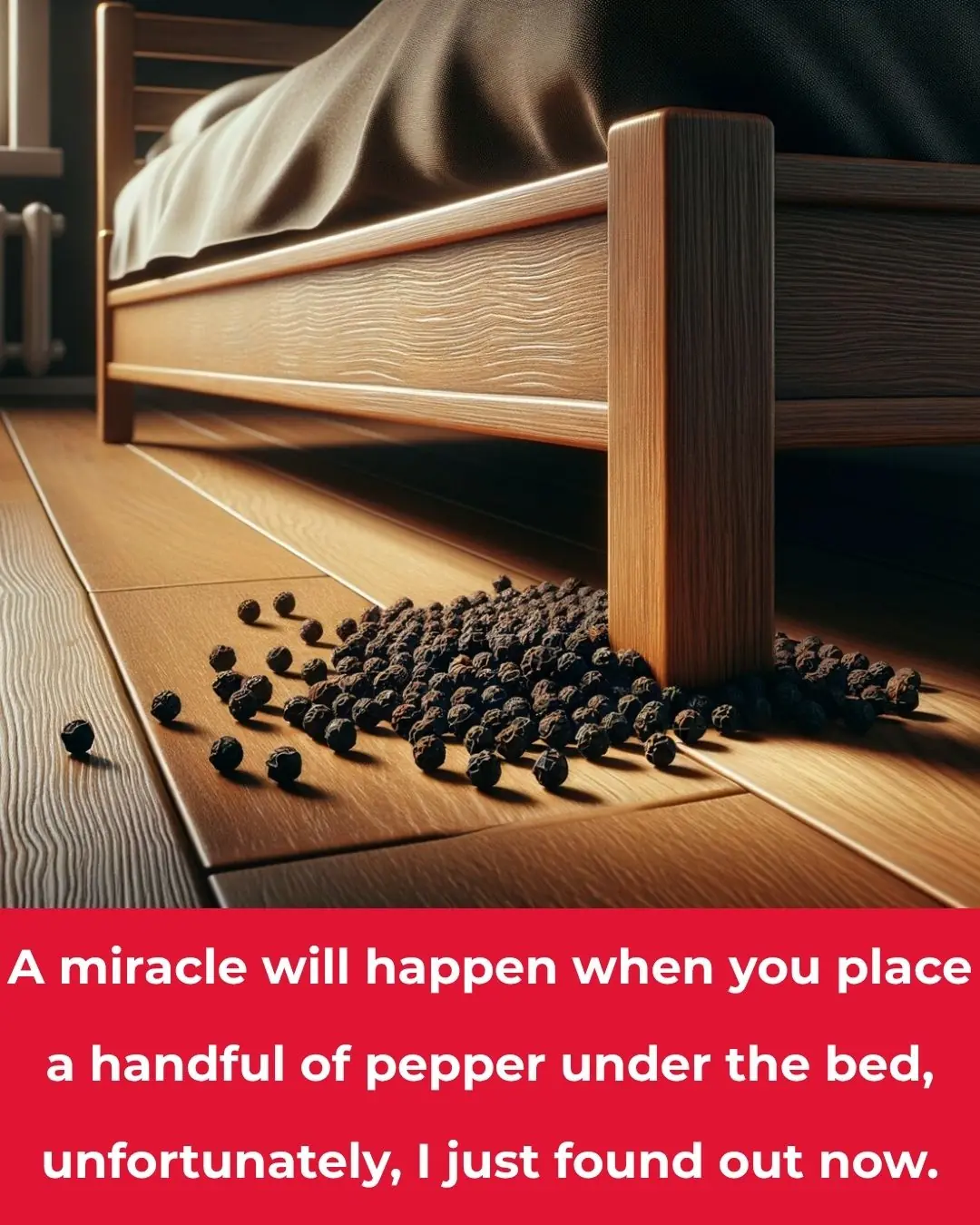
A miracle will happen when you place a handful of pepper under your bed, too bad I just found out 👇👇👇

Don't boil chicken with salt and plain water, or it will turn out fishy and reddish. Try this method for golden skin and sweet meat.

Don't throw away tea that's been left overnight: It has up to 5 amazing uses that everyone will love

Should You Place a Fan Close to or Far from the Bed While Sleeping? Many Homes Are Doing It Wrong

Why Do Fish Sellers Often Use Black Plastic Bags? A Simple Trick Few People Notice

Why Do We Burn Steel Scrub Pads Over Fire? Many People Don’t Know This Useful Trick

You're doing it all wrong. Here’s the right way to store potatoes

You're doing it all wrong. Here’s the right way to store tomatoes

Preserving eggs without a refrigerator, using this method, the eggs will stay fresh for a whole month

Shrimp injected with impurities is easy to distinguish: Smart people will see this point
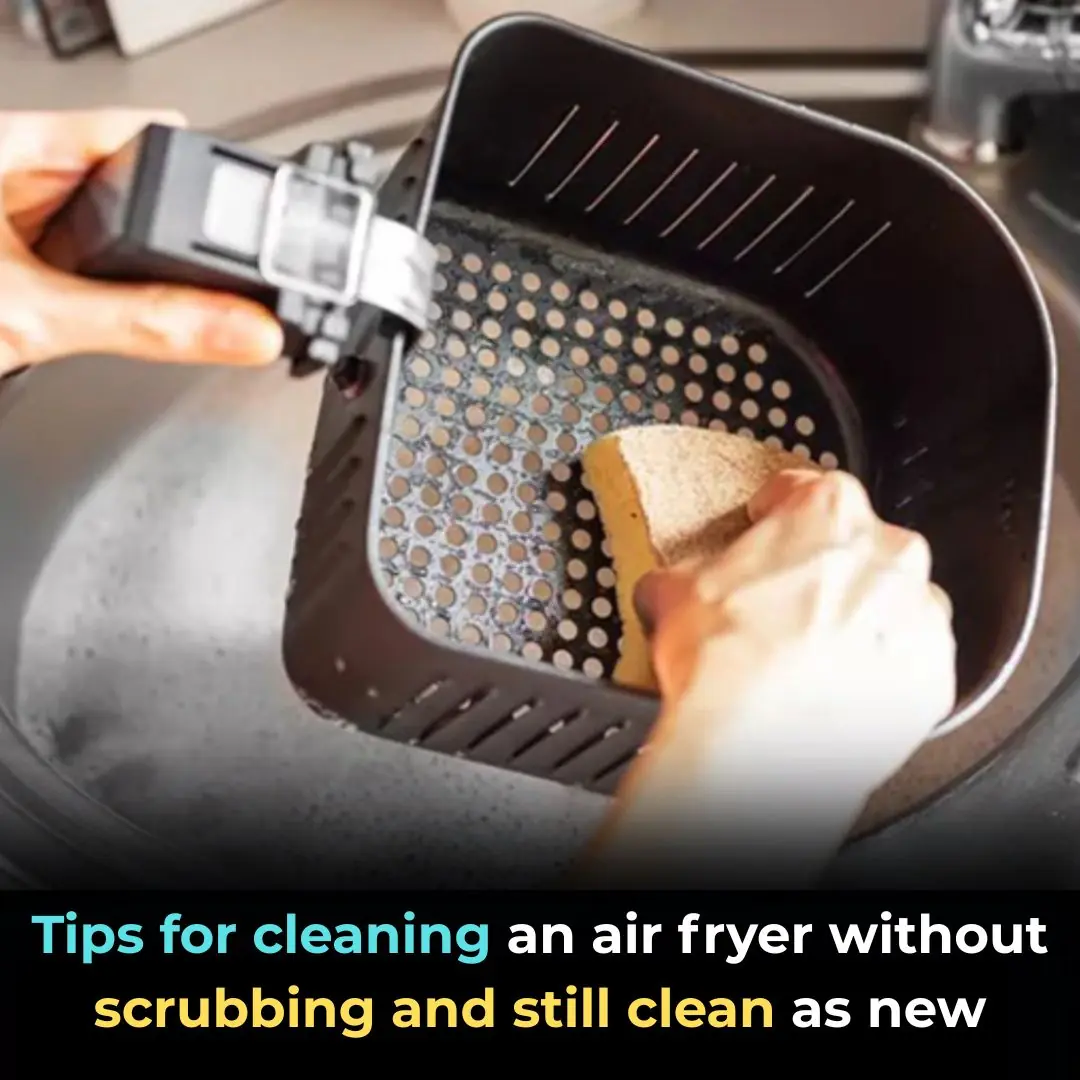
Tips for cleaning an air fryer without scrubbing and still clean as new

The water pipe is clogged, just blame this and it will be solved easily, no need to waste money calling a plumber.

How to clean the bathroom easily and effortlessly: It will stay clean and fragrant all week long
News Post

47-Year-Old Man Dies from Liver Failure: “Two Types of Pain, Two Types of Itching” Warn of Serious Liver Disease

Don’t Throw Away Your Empty Milk Powder Cans – Turn Them Into Useful Household Items

If Cancer Cells Are Developing in the Body, These 3 Nighttime Symptoms May Appear

Can you spot the hidden dog? Only people with eagle eyesight can!

Can you spot the book, egg, cup, and pillow?
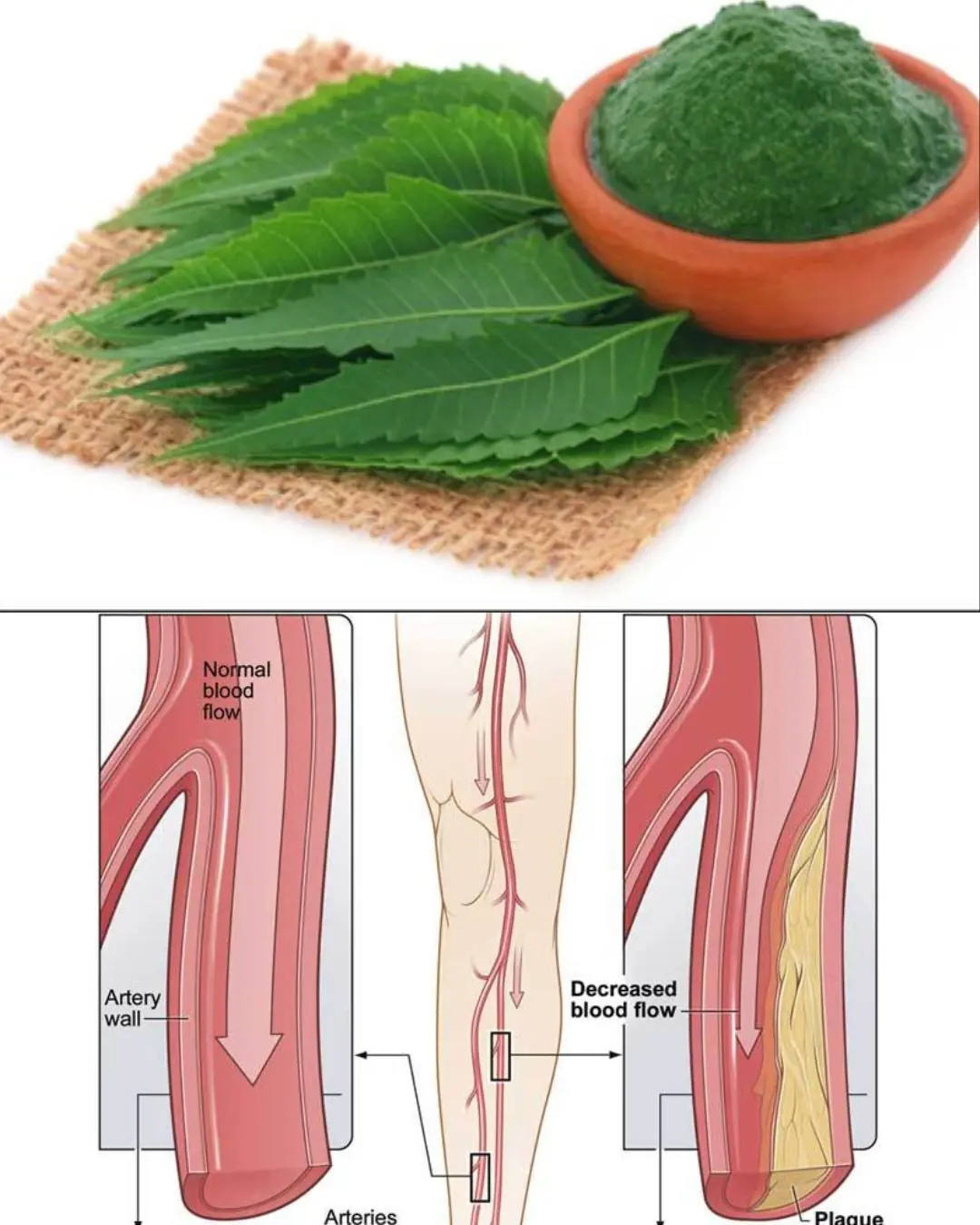
Neem: An Ancient Plant With Potential Health Benefits – What Science Says

Doctors reveal that green broccoli causes...see more

Artery-Cleaning Foods: The One Meal Doctors Won’t Tell You About

The body will show 5 symptoms to remind you to eat less salt

5 foods that heal your body and STARVE cancer—eat these now!

Reverse diabetes and insulin resistance fast—4 hacks doctors don’t tell you!

This is Why You Always Wake Up in the MIDDLE of the Night (and how to make it STOP)

They were wrong about fasting — here’s what 30 hours without food really does to your body

You're doing it all wrong. Here’s the right way to store avocados

8 reasons why adding baking soda to your toilet tank is a must-do trick

You're doing it all wrong. Here’s the right way to store potatoes

Washing machine stays clean all year without scrubbing thanks to a common household liquid, saving millions every year 👇👇

Aster flowers, the 'miracle cure' hidden in roadside wild plants

A miracle will happen when you place a handful of pepper under your bed, too bad I just found out 👇👇👇
